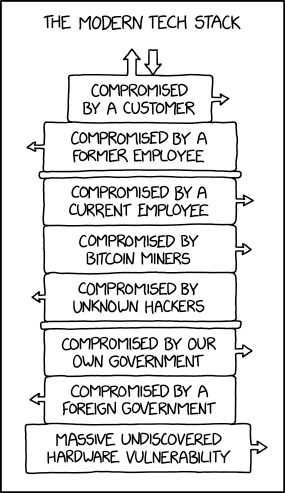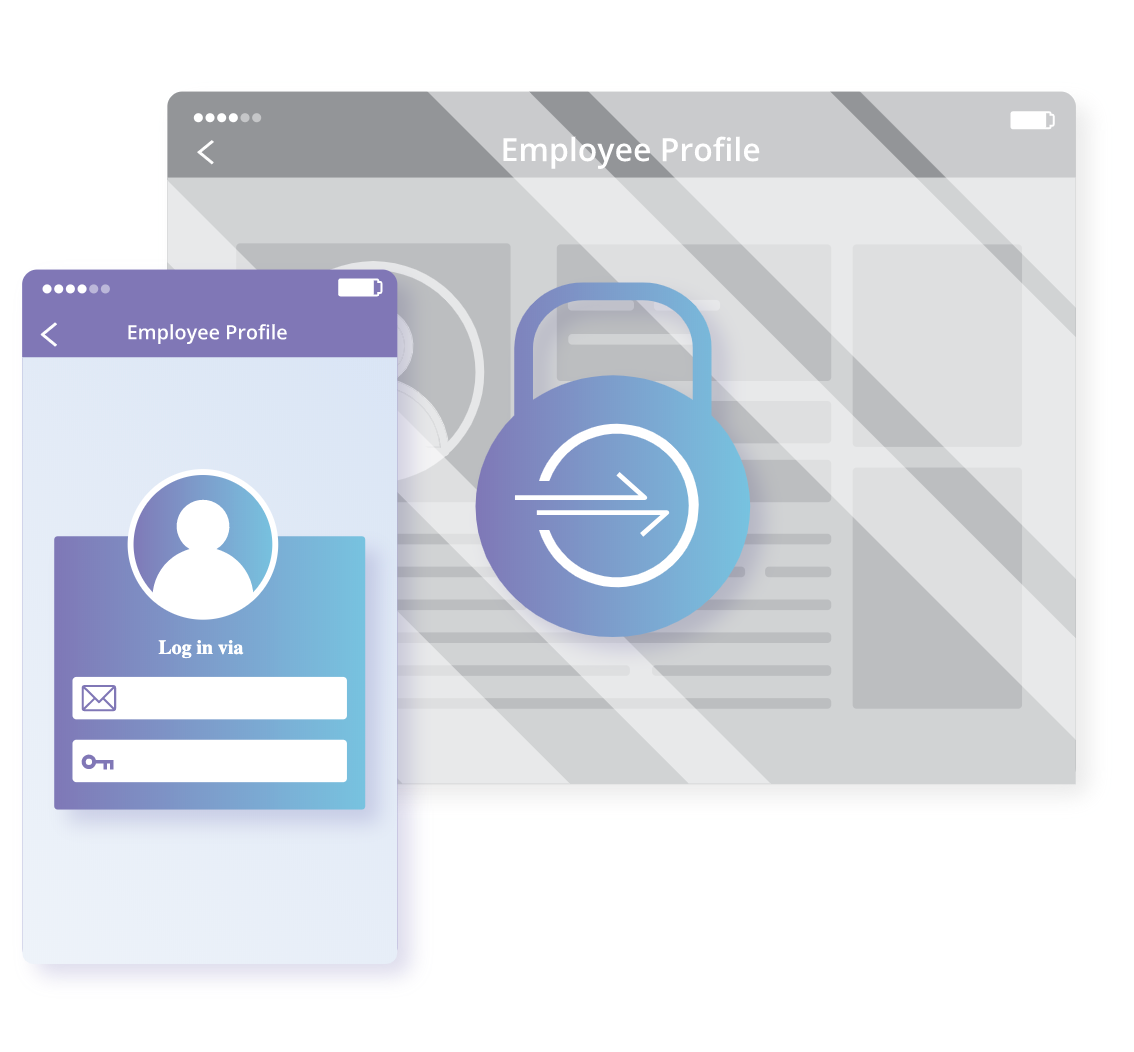0

Since its creation in 2011, RightsCon has gathered people from different sectors to discuss human rights in the digital age. It started as an event with a few hundred experts, but has become a major conference, with nearly 3000 participants in 2019. The 2019 program consisted of 17 tracks focusing on major issues, which totalized more than 450 sessions held in a period of four days.
As the conference started to attract
a wider group of people, it adopted a series of measures to increase its
diversity. The recent host countries, including Tunisia and Costa Rica, reflect
the worldwide nature of the event, which now gathers individuals from all over
the globe.
RightsCon has also gathered a
considerable number of young people. They’ve had the opportunity to connect not
only through regular conference activities, but during a summit on Day Zero.
The summit aimed to engage youth and also brief them on the discussions taking
place during the rest of RightsCon.
The sessions at RightsCon were
designed with different formats, which was reflected in the physical structure
of the meeting rooms. They were organized not just in an audience format, but
also roundtables, allowing for people to feel equal footing Continue reading









